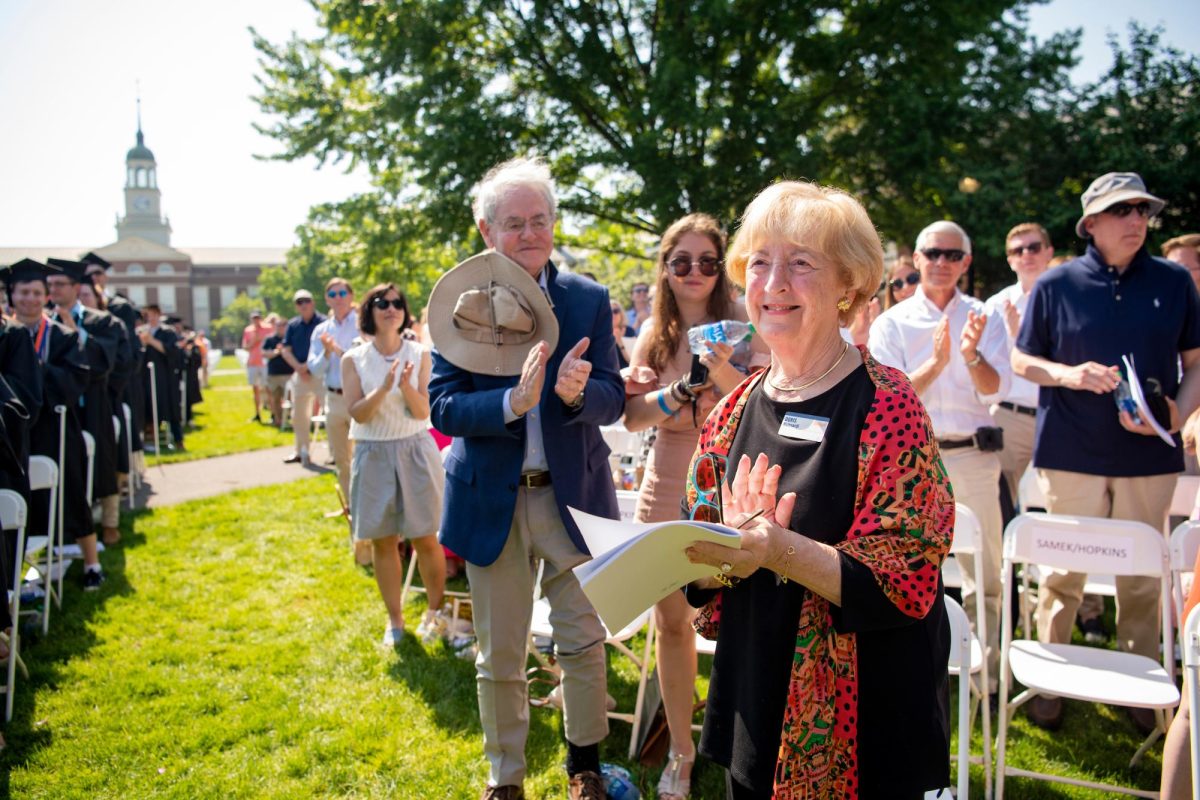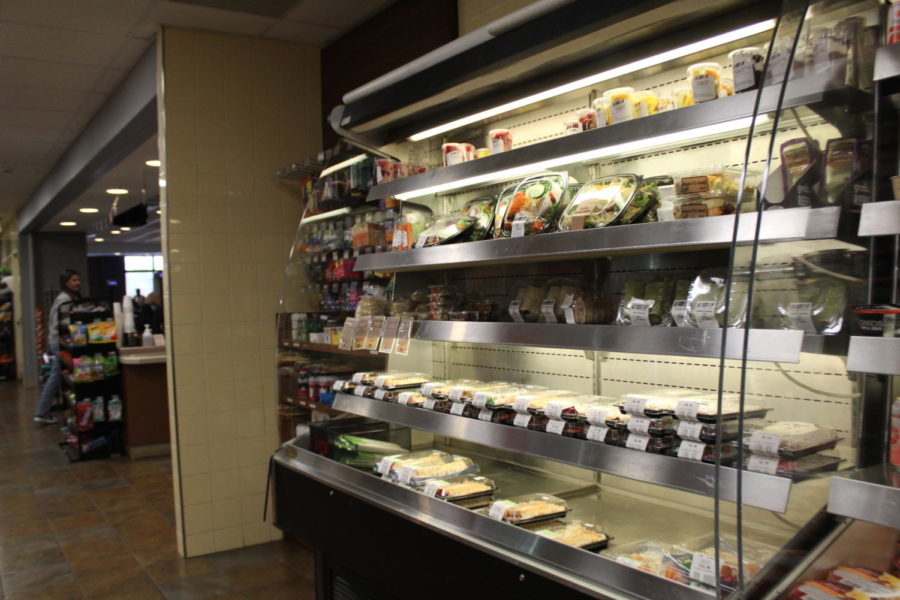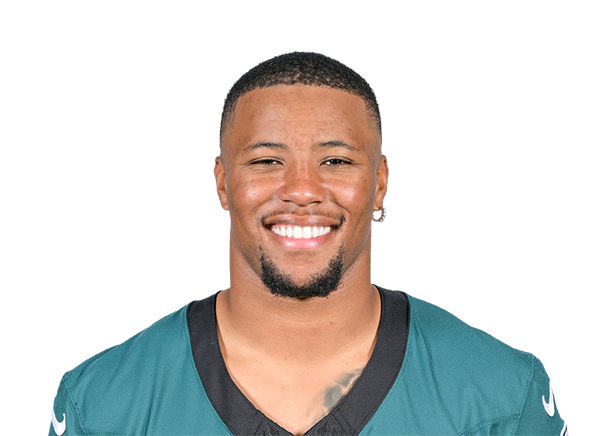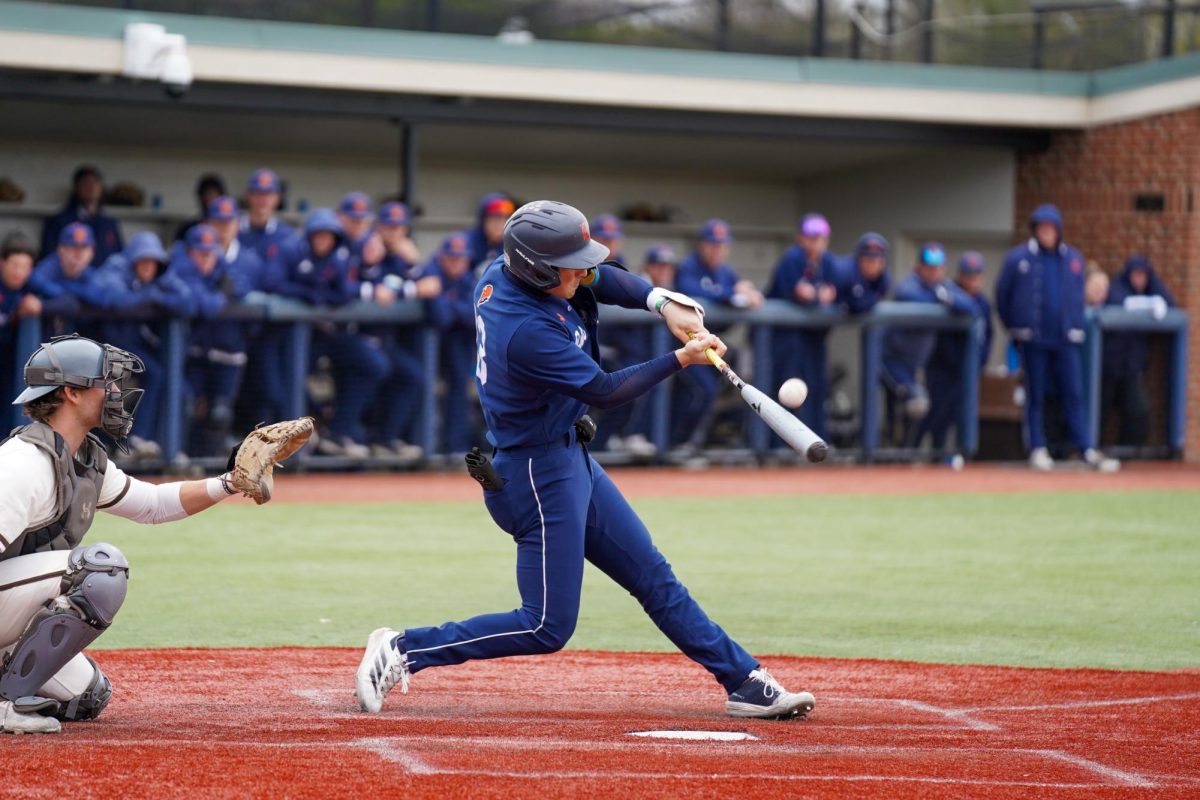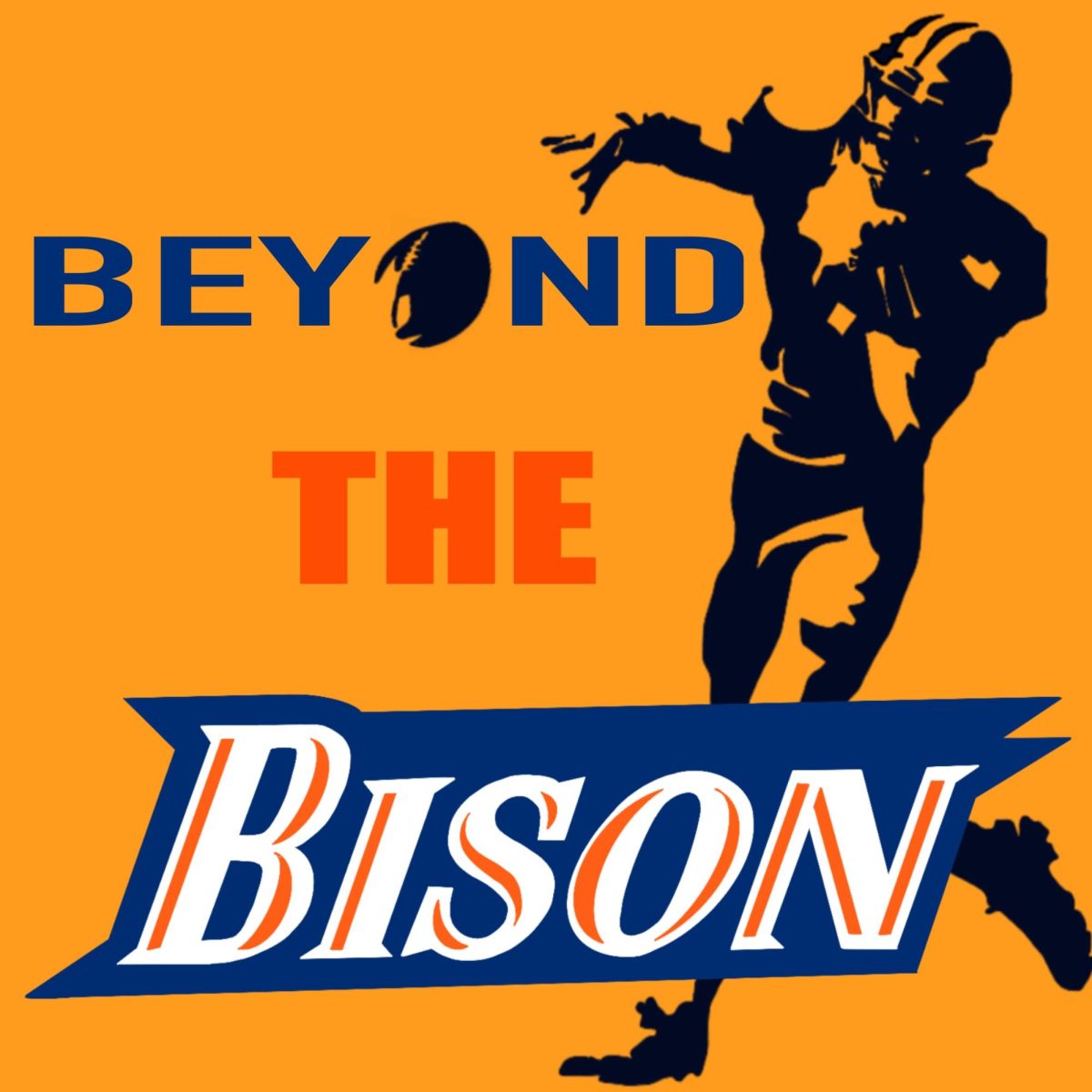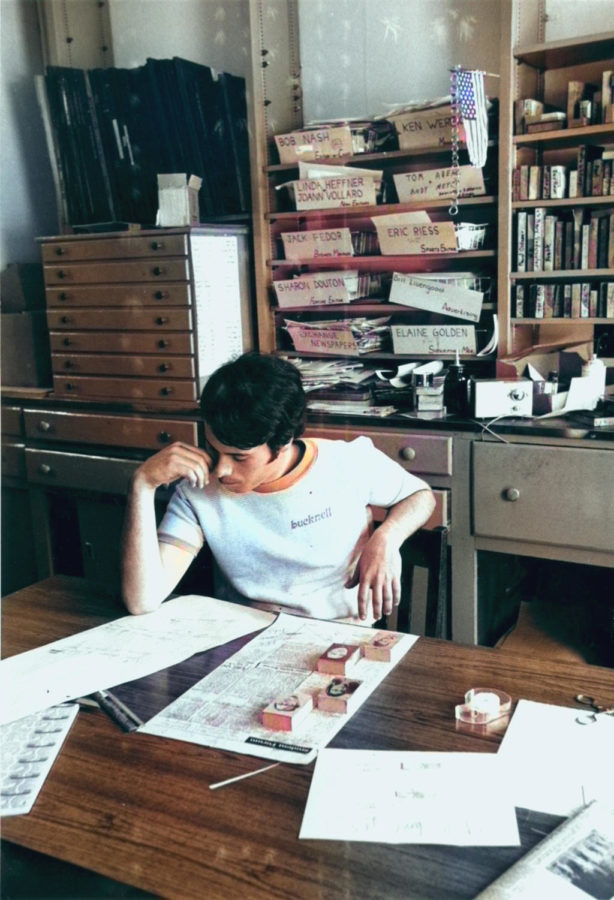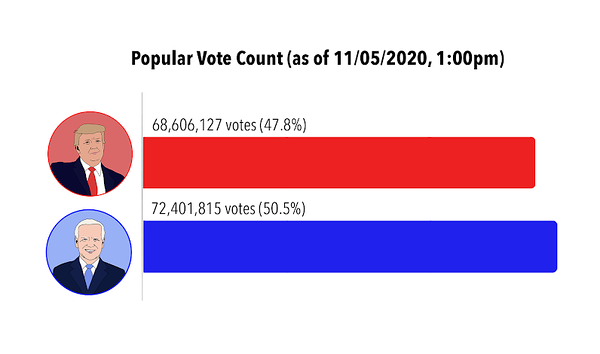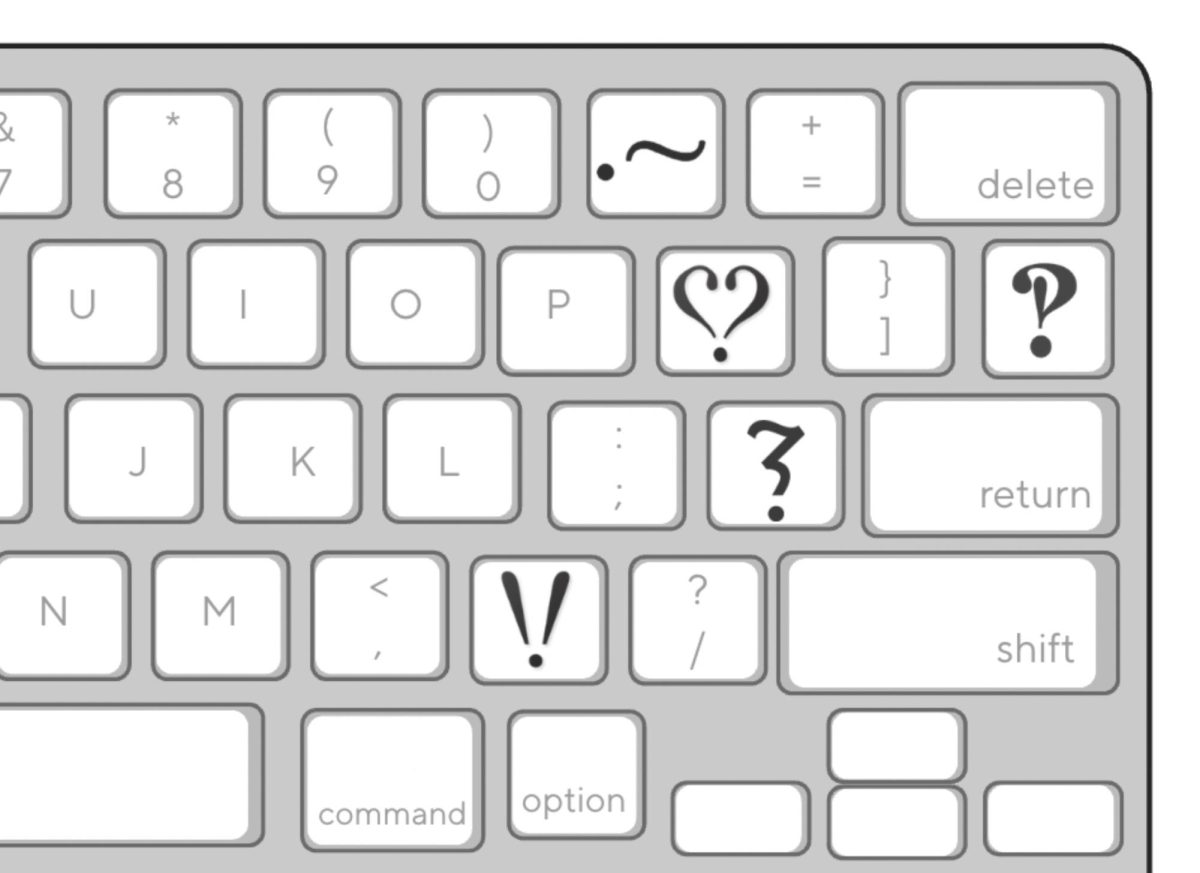Of course we should not be stereotyping people, but there really is a difference between a Disney kid, a Nickelodeon kid, a Cartoon Network kid and a Discovery Channel kid. Sometimes, it can be hard to defend your choice of childhood media because it is all only entertaining through a lens of nostalgia. My roommates and I recently ran into this problem when we tried to watch shows from our childhood and everyone else found the episodes cringey or annoying if they did not grow up on them. You can always tell a lot about someone’s childhood based on what TV shows they watched. Here is my guide to what your childhood TV shows say about you!
Disney Channel kids think they are the main character because the media that Disney Channel produced was the most mainstream. People have heard of the Disney Channel shows or movies whether they saw them or not. If someone was not a Disney Channel kid, the first thing they would do when they had a sleepover at a Disney kid’s house was ask to watch Disney Channel on TV. It was the cool way to be a part of lunch conversations at school, and these kids have continued to grow up thinking that everyone consumes the same media as them. If they knew what happened on the latest episode of a TV show, then so does everyone else.
Nickelodeon kids were a little less mainstream. Their humor could sting, and they had an affinity for pranks. Nickelodeon was for kids who were too cool for Disney and wanted to see a more realistic representation of life with friends who could get in trouble and solve problems on their own without the help of magic. Nickelodeon kids immediately got a bad rep for watching “SpongeBob” since many adults would say it was killing kids’ brain cells. Nick kids are probably the funniest out of the groups and can easily connect with other Nick kids, but are also funny to non-Nick kids. These are the class clowns who can lift people’s spirits and revive any dead conversation.
Cartoon Network kids did not mention that they were Cartoon Network kids. They were a tight group who knew that the mainstream shows of Disney and Nick were not for them. The polished animation styles and stories that closely mirrored real life were not as interesting as the crazy antics that could be found on Cartoon Network. Cartoon Network shows didn’t necessarily feel like kids’ television, so the humor and storytelling more easily shifted into Adult Swim shows like “Rick and Morty”, “American Dad” and “Family Guy”, so Cartoon Network kids became the cool kids in middle and high school.
Discovery Channel kids were mostly forced to be Discovery Channel kids because their parents wouldn’t let them watch other kids’ channels. This made them even more likely than the other kids to ask to watch TV at sleepovers. They knew all of this niche knowledge and were better at talking to adults because of it. These kids had an easier time transitioning out of kids’ television because they never had the fast, bright colors, brain rot animation of the other channels. These were the “smart” kids who had more rules and expectations at home, but this prepared them well for the future.
In college, it is not always obvious what shows each person watched when they were younger. It felt like these decisions used to define us in elementary and middle school, but now they hide until they are brought to the surface. But when they do come up in conversations, everything about a person starts to make a lot more sense: their humor, their current tastes in television and movies and how they connect with people socially.
That is not to say that people did not watch shows on other channels, we all totally did. That is the important thing to keep in mind with stereotypes, but I always find it fun to see how the media we consume as children influences our personalities as adults. I’ll be interested to see if Gen Alpha will use what YouTubers someone watched as a child to determine their adult personalities. But for now, I choose to romanticize a time before streaming was omnipresent and we could just cycle between the few kids’ TV channels on cable television.



